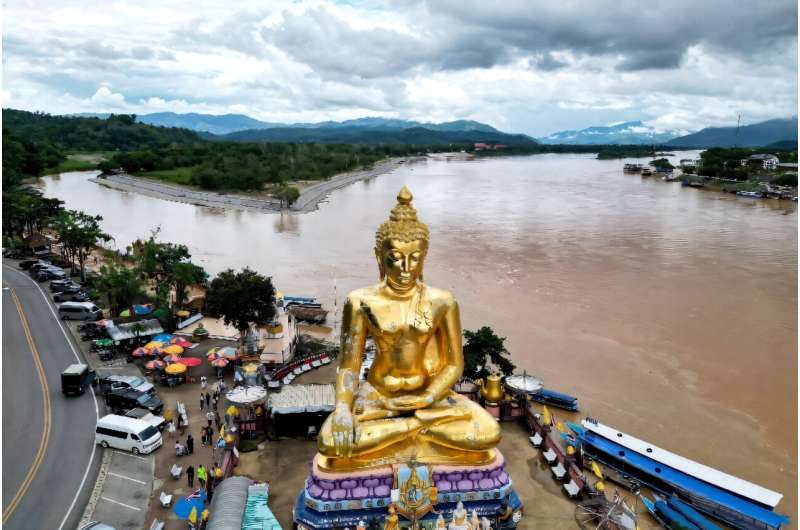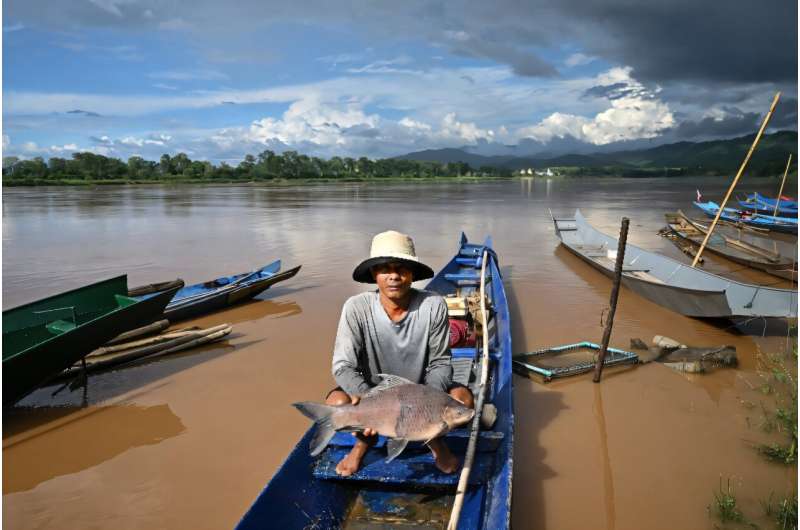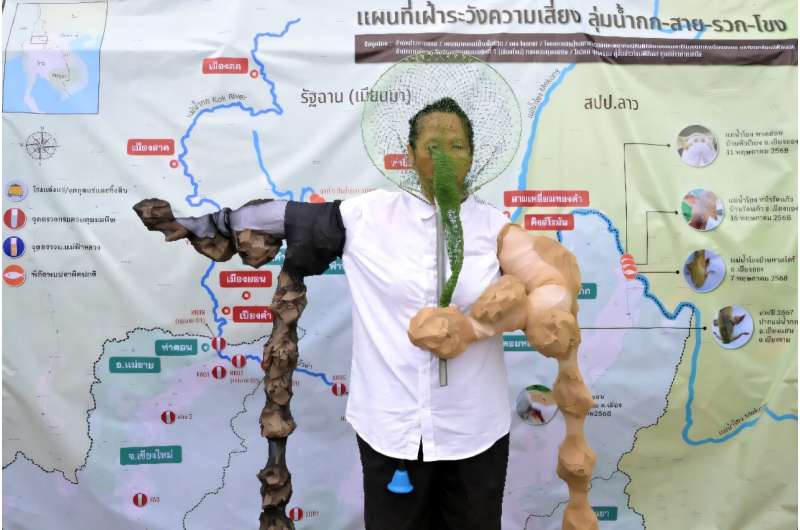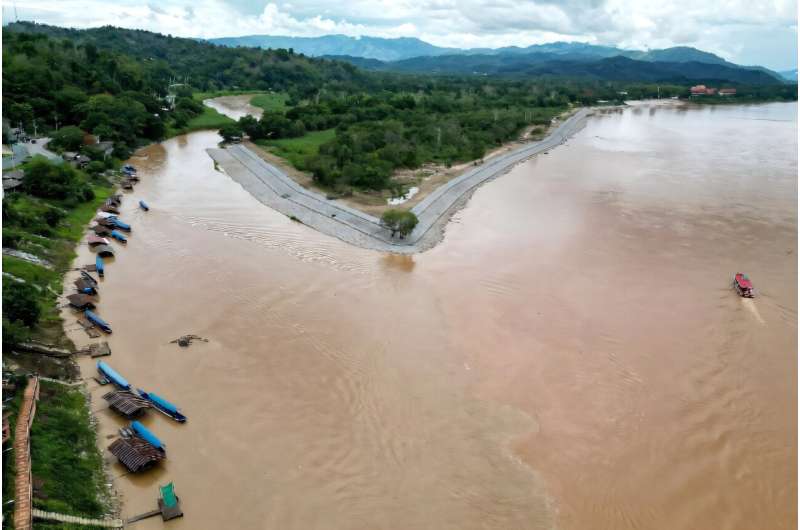In a world where environmental challenges often feel overwhelming, a story from the heart of Southeast Asia shines a light on the resilience of communities striving to protect their land and water. This tale not only highlights the pressing concerns of pollution but also showcases the unity of people advocating for a healthier future. Let’s explore the efforts to combat contamination and the impact it has on both the environment and local livelihoods.

Nestled among the picturesque hills of northeastern Myanmar, a new mining operation has stirred up significant concern. As civil unrest continues to affect the region, locals in nearby Thailand are facing the repercussions of rising pollution levels in their waters. This mining complex is just one of many that have cropped up in Shan state, an area under the control of the United Wa State Army (UWSA).
Bordering these mines, the Kok River flows gracefully into Thailand, but soon its waters could be carrying more than just the picturesque reflections of the landscape. Thai residents and officials are witnessing alarming increases in arsenic levels in their rivers, leading to serious health worries for both the ecosystem and the community dependent on these waters.
Local fisherman Sawat Kaewdam has felt the economic impact of this contamination first-hand. “The price for my fish used to be decent, but now it’s almost halved because people are scared to eat it,” he explains. Fear of arsenic contamination has gripped the community, and tests conducted by government agencies in Chiang Mai and Chiang Rai have confirmed arsenic levels soaring to nearly five times above safe drinking water standards.

Experts express that while the immediate effects might not be visible, the long-term risks to health from eating contaminated fish are definitely concerning. Fisherman Sawat is unabashedly vocal about the need to address contamination at its roots, stating, “They should go fix it at the source.”
Fivefold Rise
Pianporn Deetes, campaign director for the International Rivers NGO, is sounding the alarm bells about the unchecked mining practices in Shan state. Many of these operations are unlicensed and escape oversight from Myanmar’s central government. “This is Thailand’s largest-ever case of transboundary pollution,” she emphasizes.
Most of these mines are alleged to be run by Chinese firms, closely tied to the UWSA, which adds an element of complexity to the issue. The operations seem shrouded in secrecy, making it difficult even to determine what precious resources are being mined.

Interestingly, videos circulating on Chinese social media indicate that much of the mined minerals are finding their way to China. A recent report shared by the ISP-Myanmar think tank noted that since the 2021 military coup, Myanmar has supplied around two-thirds of China’s rare earth imports, highlighting the significance of this troubling trend.
While modern mining practices typically involve sophisticated waste management systems, reports suggest that in Myanmar, companies are often discharging contaminated waste directly into natural waterways, escalating the risk of widespread pollution. “What we need is for mines to treat their waste properly and stop toxic leaks into shared waterways,” advocates Tanapon Phenrat from Naresuan University.

The Kok River, winding 285 kilometers from Myanmar, serves as a lifeline for countless individuals as it flows through Chiang Rai province before merging with the Mekong. Yet, the river, once humming with life, now faces dire threats, and community activists are putting their creativity to work to raise awareness. In Chiang Rai City, you might even spot environmentalists donned as “wart-afflicted fish” passionately performing to draw attention to the environmental crisis.
Thai officials are acknowledging the complexities involved with Myanmar’s military junta, as they may not have the means to rein in foreign mining interests operating in rebellion-controlled regions. In a recent diplomatic effort, Chonthicha Jangrew from Thailand’s parliamentary foreign affairs committee met with senior Chinese officials, appealing for vigilance and oversight over Chinese mining companies to help safeguard the communities downstream.
-

The Ruak river (L) meets with the Mekong River (R) in the Golden Triangle region, as pictured from northern Thailand’s Chiang Rai province.
-

A mine in Myanmar, as seen from northern Thailand’s Chiang Rai province.
The Chinese embassy in Bangkok has publicly instructed its companies to comply with host nation laws and conduct business in an orderly manner. However, the Myanmar junta has remained silent in response to these pressing concerns.
Despite the grim situation, experts like Tanapon hold a flicker of hope, asserting, “The water isn’t beyond saving yet. We must act quickly.” As communities rally together in awareness and advocacy, perhaps change is still possible for the precious waterways that mean so much to countless lives.
© 2025 AFP
If you would like to see similar science posts like this, click here & share this article with your friends!

